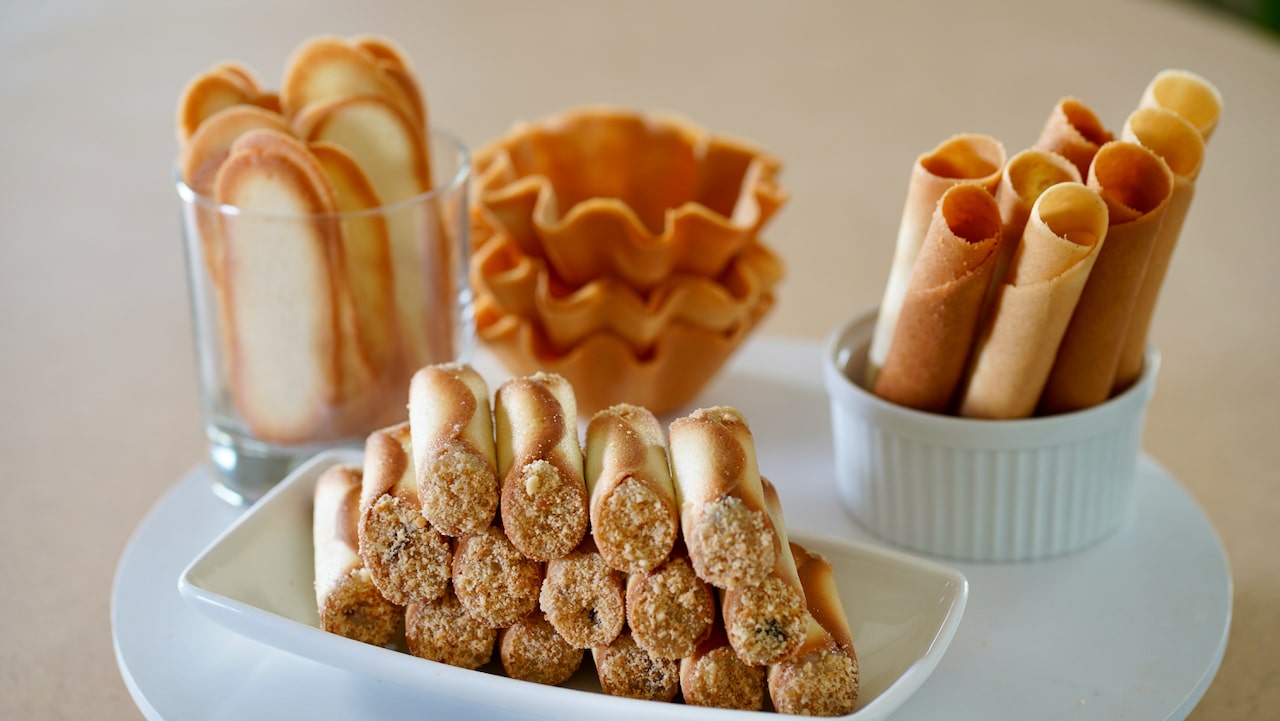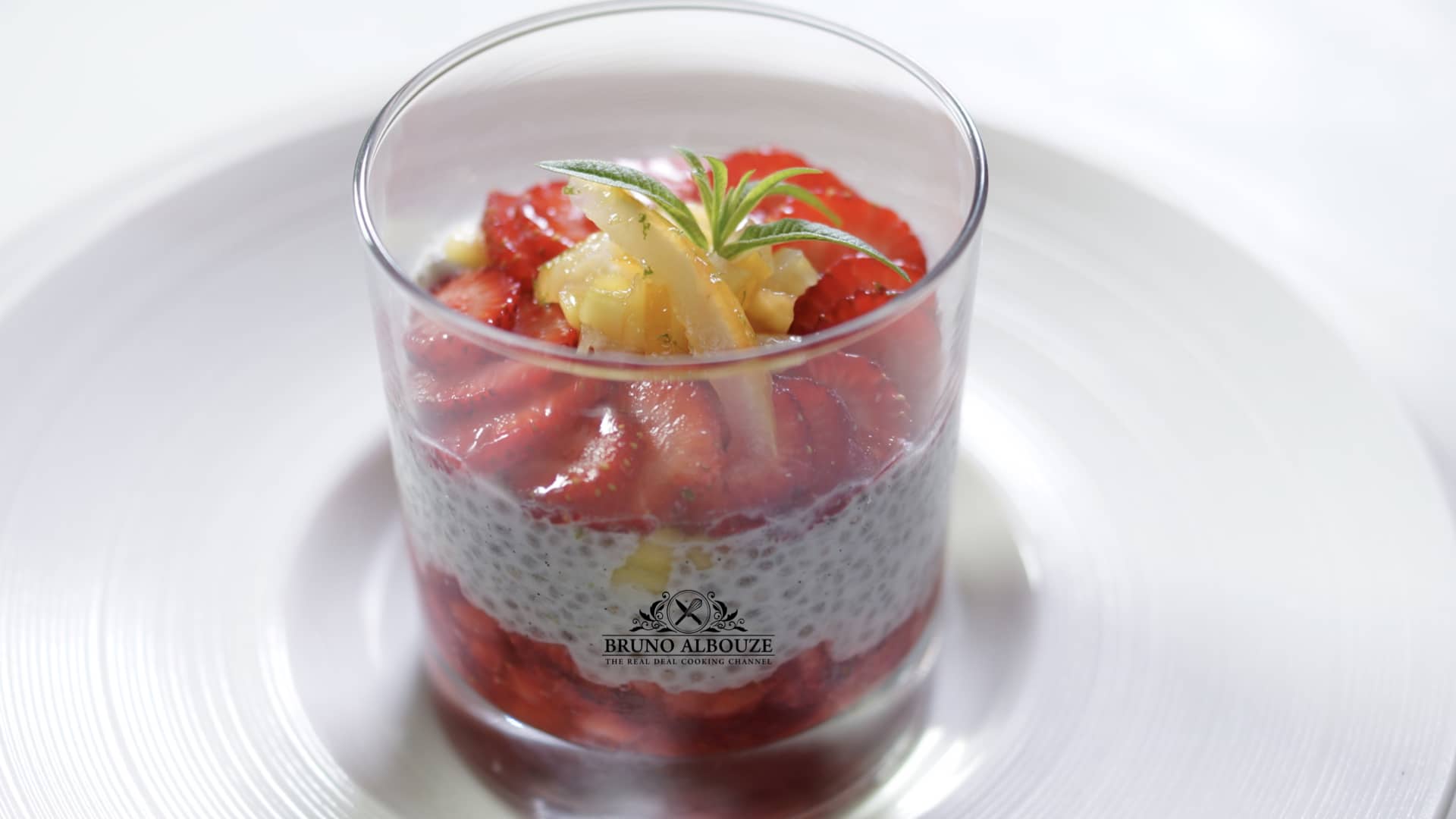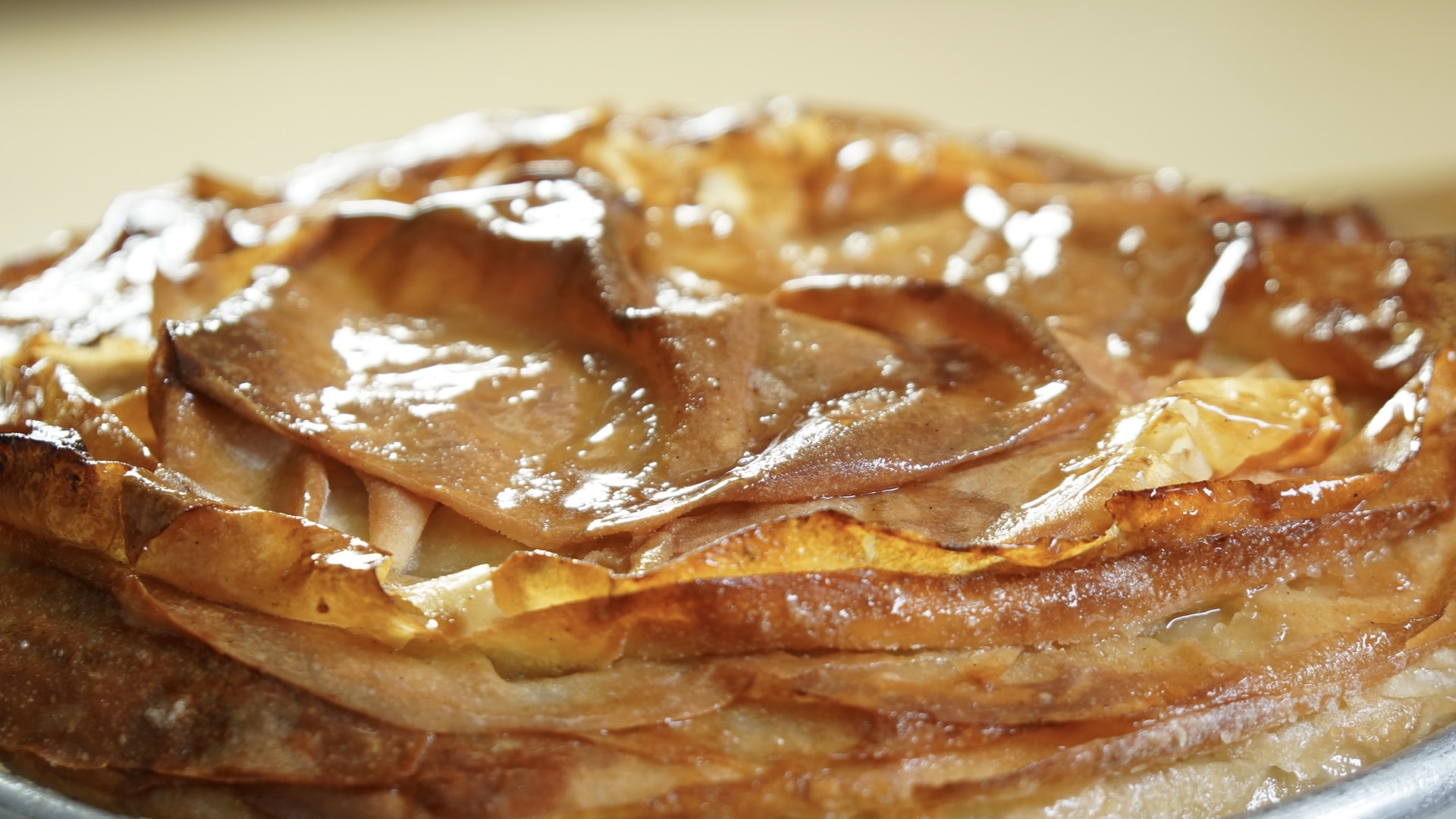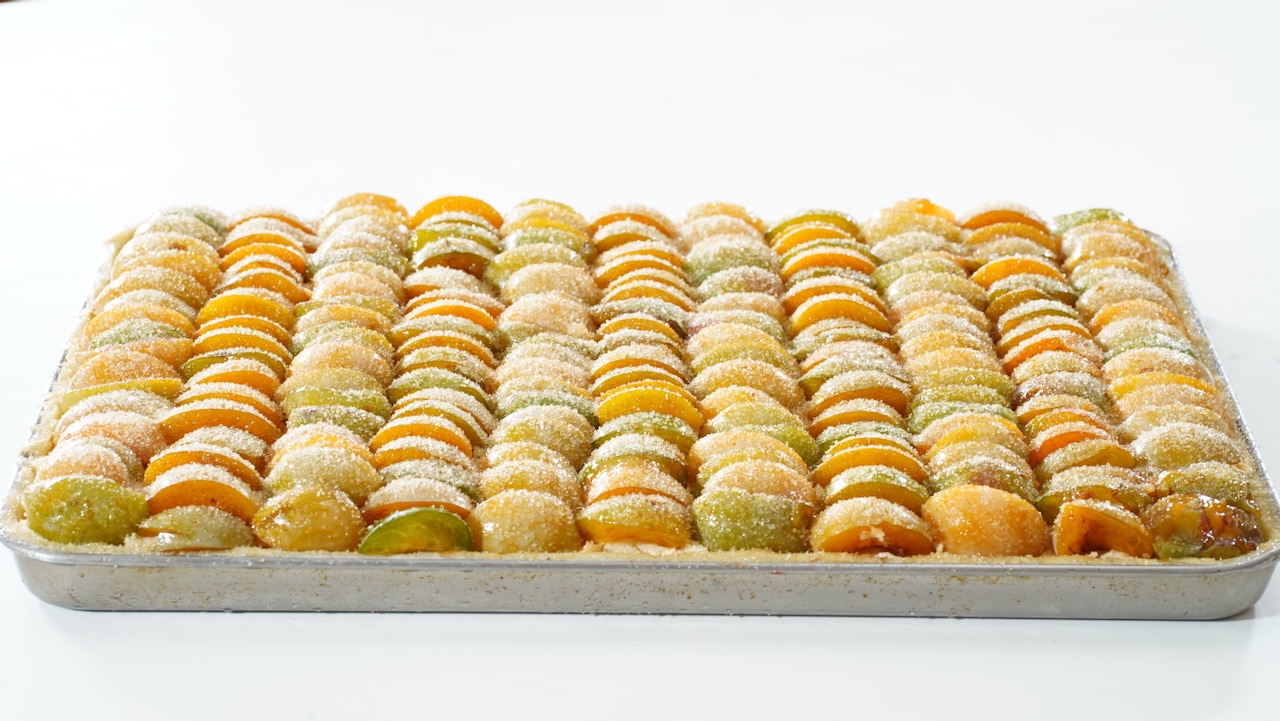Terrine de Foie Gras
Indulge in the epitome of luxury and sophistication with Foie Gras, a decadent delicacy that elevates any festive occasion or special celebration. Often made from duck, with a more exclusive version crafted from goose, Foie Gras is a true culinary masterpiece. Whether served seared for a luscious Tournedos Rossini or prepared semi-cooked in a terrine or au torchon style, Foie Gras embodies elegance and richness in every bite. The fully cooked and pasteurized varieties can be preserved for extended periods in tins or jars, allowing you to savor its exquisite flavor over time. While the production of Foie Gras traditionally involves the controversial force-feeding of birds, a humane alternative obtained without gavage has emerged, offering a more ethical choice for discerning gourmands. Embrace the essence of luxury and discover the unparalleled taste of Foie Gras in all its glory.
Please note that the full access to this content needs a subscription: please sign up.
A delicacy
This recipe is a protected and only available for paid members. To obtain the full step by step recipe and detailed ingredients list, please sign up.
Preview the recipe
Important To Consider
- Producing foie gras without force-feeding the birds is a topic that has gained increasing attention in recent years due to ethical concerns surrounding traditional foie gras production methods. Foie gras, a delicacy made from the fattened liver of ducks or geese, is typically produced through a process known as gavage, which involves force-feeding the birds to promote the fattening of their livers. However, with growing demand for more ethical and sustainable food practices, there have been attempts to develop alternative methods of producing foie gras without force-feeding. One such method involves a process called "natural feeding," where ducks or geese are given unlimited access to a high-energy feed, allowing them to voluntarily consume enough food to develop fatty livers. It is essential to strike a balance between ethical considerations and maintaining the unique taste and texture that make foie gras a sought-after culinary delicacy.
How Do You Choose Your Foie Gras?
- A beautiful fresh foie gras must have a uniform color, without spots or bruises, varying from beige to ivory through rosé. To the touch, it must be neither too firm nor too soft. Unless you live near a farm that produces fresh foie gras, foie gras that is sold flash-frozen, preserves the wonderful texture and flavor of the liver. Keep frozen foie gras in its original packaging (usually a vacuum seal) until you’re ready to use. To defrost a lobe of foie gras, leave it in the fridge for a day or two until fully thawed.

Foie Gras Cooking Methods
- Fresh foie gras liver should be deveined before cooking; except when served seared to make Tournedos Rossini. Foie gras is best known mi-cuit and served into a terrine or au torchon. This method of preserving the foie gras is very simple, involving just a bit of heat, enough to pasteurize the foie gras and make it safe to eat, but allowing it to retain a soft texture and a rich flavor.

What To Serve With Foie Gras?
- Serve foie gras with toasted pain de campagne, baguette or gingerbread. Foie gras pairs beautifully with fruit chutney based on figs, prune, grapes, apples, pears, quince, mango, dates, cherries etc..

Deveining Raw Foie Gras
- The veins that carry blood to the liver have to be removed. For this somewhat delicate process, the foie gras should be at room temperature; take it out of the refrigerator about 90 minutes beforehand. Prepare a bowl filled with ice water and add a tablespoon of salt (salted ice water will blanch and firm up foie gras). Pull apart the two lobes. Remove any membranes from the outside of the foie gras.

- Start by butterflying the large lobe (skin side down and the narrower side on the right). Heat up a filet knife and slice through the lobe, following its path and pulling foie gras apart. Work on the bottom slice first and position it from noon to six (large side near you).

- Gently open up the center line of the lobe. Scrape out some of the liver far enough with the tip of your paring knife to open the folds and expose the network of the veins leaving the outer skin of the foie gras intact. Pull out the thickest veins then continue down where all the thickest veins are and carefully pull them out. Try to remove as much of the vein network in one piece as possible. You may want to save some of the scraps left on the veins, discard any blood spots though. Place the cleaned half lobe in ice water.

- Position the other half lobe, skin side down and make a half way through crosswise cut. Twist lobe and pull veins out; it should come off easily; reserve in ice water.

- Now, the small lobe. Remove and save remaining hanging pieces of liver that are still attached to the lobe. Make a gentle slit with your knife and butterfly the lobe with your knife without puncture it. The network of veins should appear. Pull out the center vein first, then remove the remaining veins. However, don't insist too much on trying to remove insignificant veins that hide here and there; reserve in ice water.

Marinating
- Remove cleaned livers from the ice water and pat dry thoroughly. Combine dry seasoning all together along with pink curing salt. Place liver (skin side down) in a shallow dish and sprinkle seasoning all evenly, then add alcohol. Cover with plastic wrap in contact and refrigerate for up to 24 hours.

Montage
- Leave marinaded foie gras out for about 2 hours to come to room temperature. Carefully grab livers and rebuild it inside the terrine (skin side up). Black truffles pieces or shavings can be added to the terrine. If so, add them in the middle.

Cooking
- Bring about 2.5 qt/L water to a boil. Preheat oven to 225ºF/110ºC. Put the lid on and place the terrine inside the shallow dish. Pour hot water halfway and insert a thermometer inside the lid vent hole. Cook for approximately 45 minutes until internal temperature reaches 122ºF/50/52ºC. Remove terrine from the oven, take the lid off and let rest 30 minutes. Remove most of the fat that sits on the surface and save it. Place the foie gras press or the prepared cardboard inside and press it down gradually. This step prevents from air gaps to form during the cooling process. Top with some weights such as small cans. Refrigerate terrine overnight. Remove weights and the solidified fat and cardboard. Melt the saved fat and pour in the terrine; refrigerate.

Un-Molding
- Freeze terrine for 20 minutes. Un-mold by dipping terrine briefly in hot water, and flip it over a tray. Keep terrine refrigerated until ready to serve. Use a hot knife to make neat cuts.
Storage
- Keep foie gras terrine in the refrigerator for up to a week. If you have more terrine than you can enjoy within a week, freezing is a great option to extend its shelf life. To freeze foie gras terrine, start by cutting it into individual portions or slices. This will make it easier to defrost only what you need without compromising the rest of the terrine. Next, place the portions on a tray and pop them in the freezer for about 3 hours. This initial freezing step will help the foie gras retain its shape and prevent it from sticking together. Once the portions are partially frozen, transfer them into vacuum-sealed bags or airtight containers. Vacuum sealing is ideal for foie gras terrine as it removes excess air and prevents freezer burn, preserving the terrine's delicate flavors and texture. Make sure to label the bags or containers with the date of freezing to keep track of how long the terrine has been stored. Foie gras terrine can be safely kept frozen for up to 6 months. When you're ready to enjoy it, simply thaw the portions in the refrigerator overnight. Avoid thawing foie gras terrine at room temperature, as this can lead to uneven thawing and compromise the texture of the terrine.
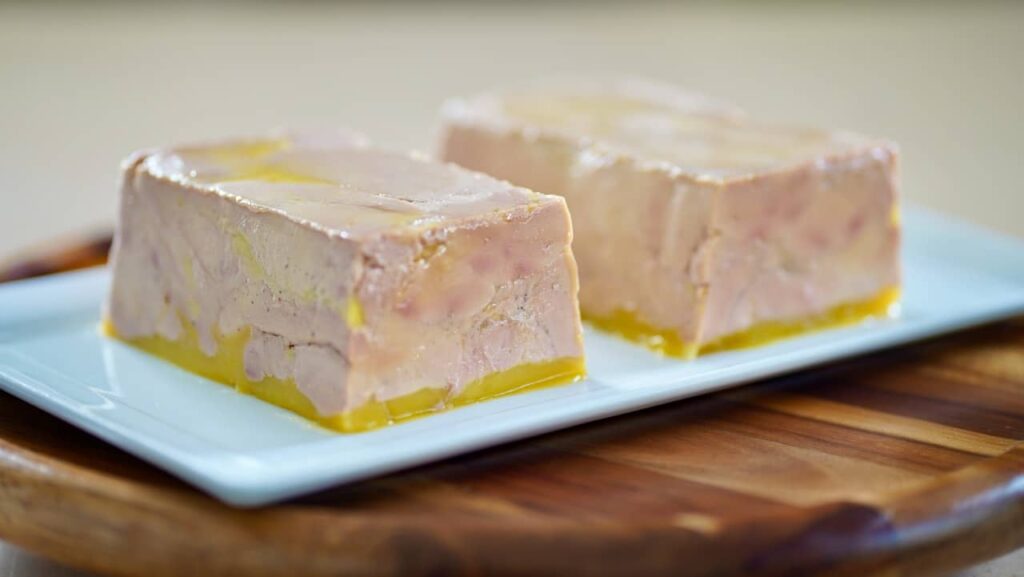
Gingered Apple Chutney
- Peel, core and cube apples. Sweat minced shallots and ginger in butter for 5 minutes. Add remaining ingredients and cook for 35 minutes on medium-low heat stirring every so often. Add more liquid if necessary. Serve chutney lukewarm or at room temperature.

What To Drink With Foie Gras?
- Foie gras goes so well with many wines and light spirit like my homemade Vin de Noix/Walnut Spirit! – Dry wines such as Saumur, Savennières, Pinot gris, Bourgogne. Sweet wines such as Sauternes, Riesling, Mombazillac and Jurançon. Champagne is great too!. But also red wines such as Saint-Émilion, Pomerol, Margaux, Saint-Julien ou Pauillac.
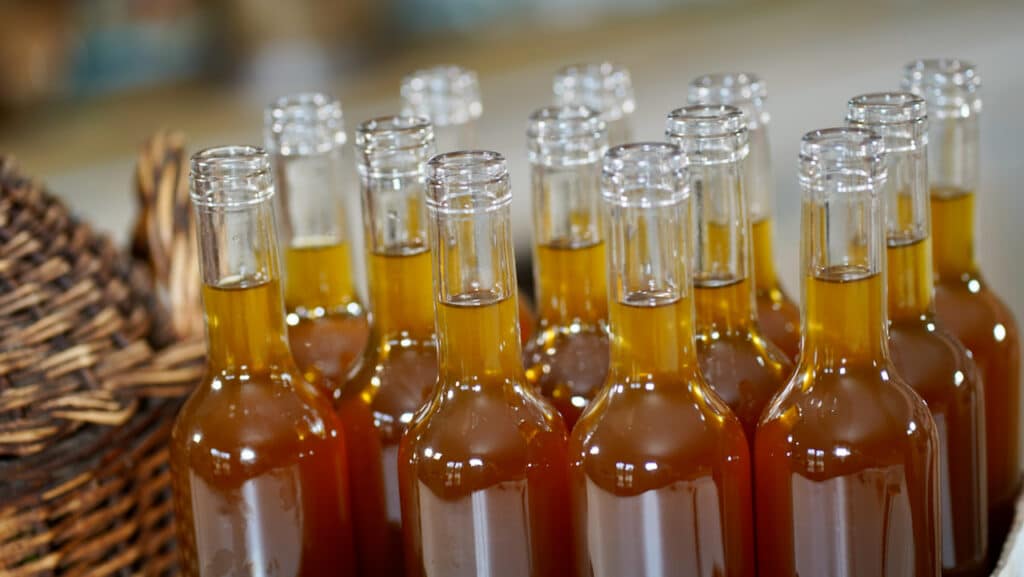
Ready to discover this recipe? You're only 1 step away.
This recipe is only accessible to registered members!
Create your account to access all recipes and content of my website.
Join us now and enjoy more 800 recipes (Mostly French with European Influences, American Classics and Asian fusion)
Already register? Sign in
Want to see more tasty recipes?
The kitchen is an incredible playground where every ingredient, every recipe, every flavor, is both a destination and a path to new discoveries. I always strive to introduce you to new taste horizons through my recipes. Did you enjoy this one? If so:Do you know my incredible French Green Beans recipe? Try the Foie Gras Au Torchon step by step video recipe.You might also like these contents...
Enjoy these free access recipes
Entrees
How To Cut Potato Gratin
Cooking techniques
Deboning A Turkey Leg
Entrees
Rustic Ratatouille
Daily summer Recipe
Plum Slab Pie
Free Recipes
Chocolate Sauce
Free Recipes
Apricot Sablé Breton
Desserts
Sundae Ice Cream
Free Recipes
How To Decorate Ice Cream Cones
Free Recipes
Tapenade
Amuse Bouche
Zucchini-Basil Gazpacho
Free Recipes
Filo Flower
Entrees




